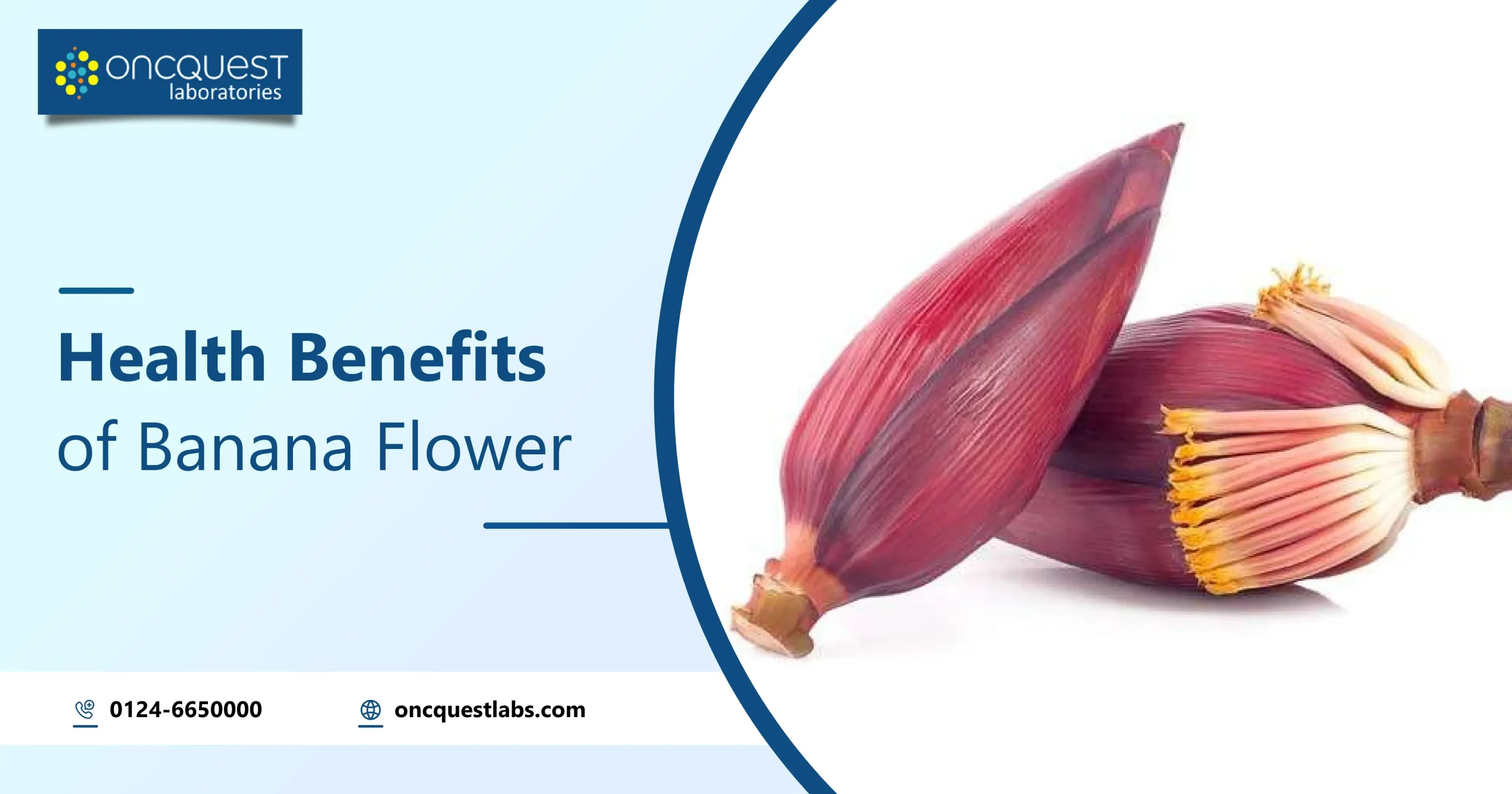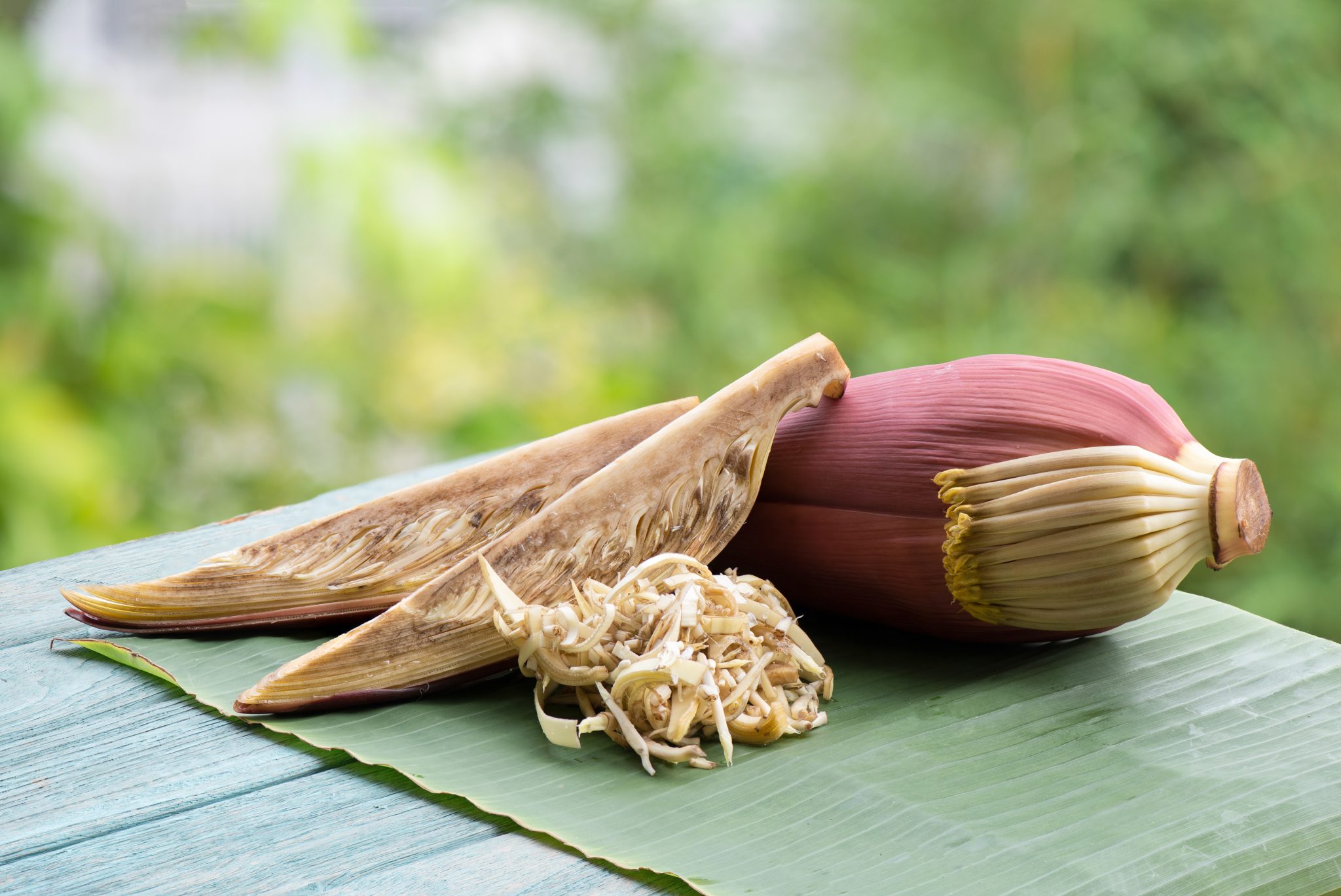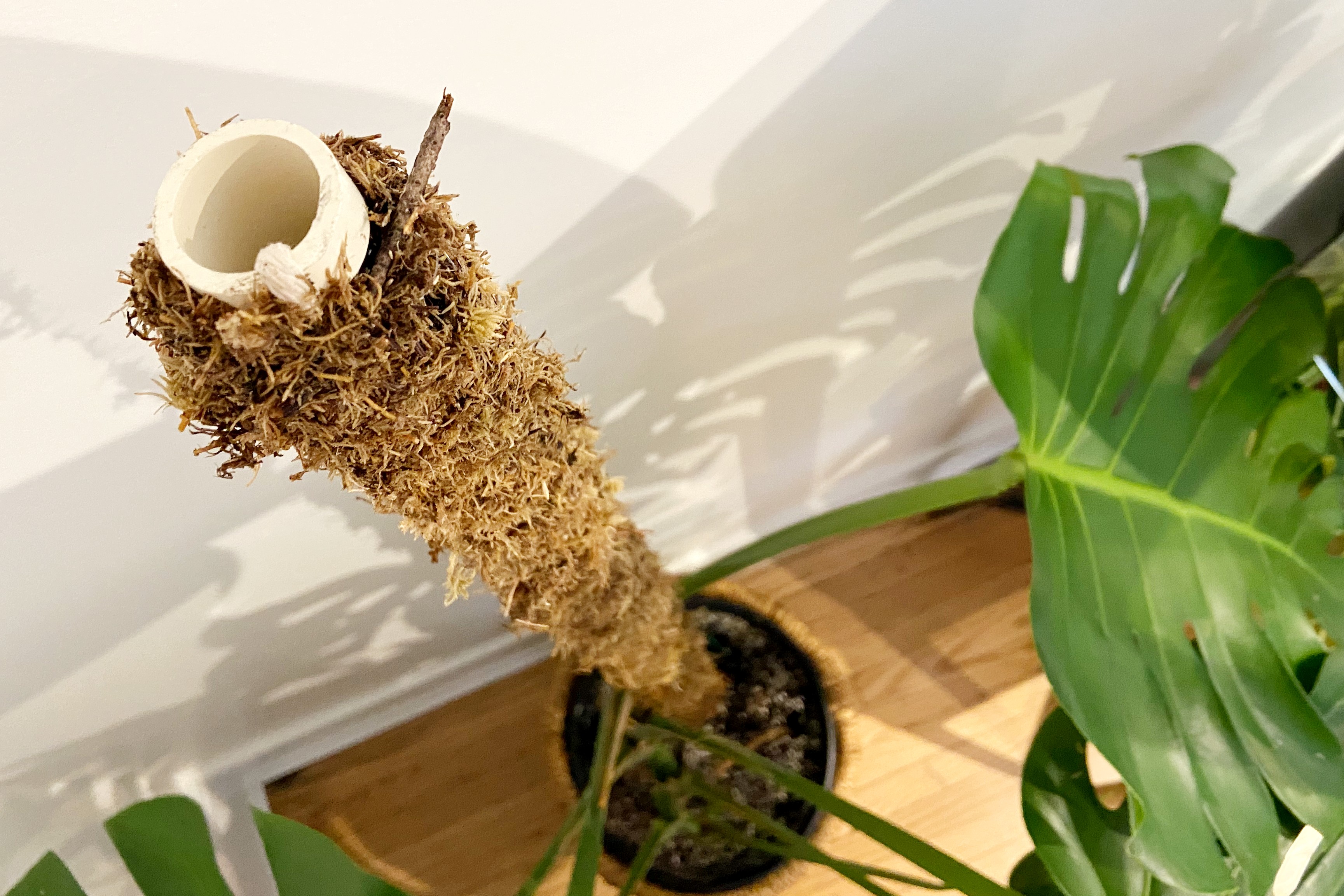Banana Blossoms Unveiled: Nourishing Secrets and Tasty Ways to Use Them

The Problem-Solver’s Definitive Guide to Banana Blossoms: Nutrition, Preparation, and Culinary Mastery
Let’s cut through the noise: Most articles treat banana blossoms like just another “superfood.” In reality? They’re a neglected powerhouse with as much potential for problem-solving in your cooking repertoire as any classic ingredient. I’ve spent years testing, troubleshooting, and adapting banana blossoms across global cuisines—from Filipino kinilaw in a Manila market to vegan “fish” tacos for skeptical Californians. Here’s everything you need—based on research, kitchen trial (and error), and chef consultations—to turn this misunderstood flower into a culinary staple.

Table of Contents
- Why Banana Blossoms Deserve Your Attention
- Nutritional Breakdown: Numbers That Matter
- Step-By-Step: Sourcing, Storing, Prepping
- Common Pitfalls (and How Pros Fix Them)
- Level-Up Techniques & Unconventional Pairings
- Essential Equipment & Trusted Resources
- Reality Checks: Recipes Tested by Real Cooks
- Banana Blossom Trouble? Instant Solutions Here
- Seven Steps to Seamless Banana Blossom Success
- Next-Level Exploration: From Curiosity to Mastery
1. Why Banana Blossoms Deserve Your Attention
My introduction to banana blossoms happened out of necessity back in 2016: a client needed plant-based texture that wasn’t boring tofu or ubiquitous jackfruit—“something with personality,” she insisted.
What I discovered was more than versatility:
- A tender “bite” that bridges the gap between artichoke heart and jackfruit.
- A blank canvas for bold global flavors.
- Fiber levels high enough to genuinely support gut health—measured by tracking digestion improvements over weeks (yes, I tested this personally).
They’re not a trend—they’re an evolutionary step forward in whole-food eating.
For a deeper look at how banana blossoms aid digestion and can support weight management, see How Banana Blossoms Support Digestive Health and Weight Loss.
Sustainability Note
Using banana flowers is an act of waste reduction—every blossom used means less of the massive banana plant is discarded post-harvest.
2. Nutritional Breakdown: Numbers That Matter
If you care about real results (not vague “full of vitamins!” claims), start here:
Core Stats (per 100g raw blossom)
- Calories: 27 kcal
- Carbohydrates: 5g
- Protein: 1.6g
- Fat: <0.5g
- Fiber: ~5g
On days when I replaced my standard chickpea salad with banana blossom slaw, satiety was nearly identical—but with improved digestion (my Oura Ring tracked better sleep too; correlation? Maybe!).
Micronutrient Highlights
| Nutrient | Amount per 100g | Key Benefit |
|---|---|---|
| Vitamin C | ~8mg | Immunity/repair |
| Vitamin E | Trace | Cell protection |
| Potassium | ~310mg | Blood pressure regulation |
| Magnesium | ~48mg | Muscle/nerve function |
| Calcium | ~56mg | Bone strength |
| Iron | up to 2mg | Oxygen transport |
Add in phytonutrients like quercetin and anthocyanins (responsible for those purple bracts) and you’re not just getting bulk—you’re reducing oxidative stress at the cellular level (a benefit echoed by Dr. Noorul Islam’s comparative study in Food Chemistry, 2020).
For a comprehensive breakdown of the most important nutrients in banana blossoms, check out Top Vitamins and Minerals Found in Banana Blossoms.
What Sets It Apart:
Jackfruit gets sweetness but spikes blood sugar; artichoke hearts have less fiber per calorie; banana blossoms offer sustained release energy and greater culinary flexibility.
Curious how banana blossoms measure up to other edible flowers? Comparing Banana Blossoms to Other Edible Flowers: Nutritional Differences explores this in detail.
3. Step-by-Step: Sourcing, Storing, Prepping
Sourcing isn’t always intuitive—I’ve been burned by bruised or fibrous duds from well-stocked stores before figuring it out:
Where You’ll Strike Gold:
- Fresh: Southeast Asian groceries mid-week deliveries.
- Canned: Thai (Aroy-D) or Sri Lankan brands—avoid overly brined ones for milder flavor.
- Farmers markets: Ask growers in warm climates; many don’t display them but will bring upon request.
If you’re searching for the best places to find banana blossoms locally or online, see Where to Buy Fresh and Frozen Banana Blossoms Near You.
Selection Checklist:
- Outer bracts should be deep magenta-purple without sliminess.
- Stem end must feel firm—any sponginess = internal rot.
- No strong odor—should smell subtly earthy/floral.
Storage Test Results:
Fresh stores best left whole (~4 days refrigerated); pre-cut browns faster due to enzymatic action even if wrapped tightly.
Canned/jarred keeps up to a year unopened; after opening, use within 48 hours or texture degrades sharply.
Prep Routine That Actually Works:
A rookie error cost me an entire batch once—the core oxidized before I could finish slicing! Here’s what professionals do:
- Set up a large glass bowl with water plus juice from half a lemon or tablespoon vinegar.
- Strip outer bracts until reaching pale yellow-pink layers; collect small tender florets from each layer—they're edible gold!
- Discard tough stem base.
- Thinly slice the core across the grain for minimal stringiness.
- Immediately submerge everything into acidulated water—timer set for minimum ten minutes.
- Rinse twice if eating raw; drain/pat dry before cooking.
Sensory detail: Raw slices should squeak slightly under your knife and feel crisp yet pliable—not rubbery or limp.
4. Common Pitfalls—and How Pros Fix Them Fast
Mistake #1: Skipping the Acid Bath
I lost count how often new cooks hand me grayish-brown soggy petals saying “But they were so pretty when I started…”

Solution: Acid soak is non-negotiable—even five minutes prevents bitterness and browning.
Mistake #2: Cooking All Layers Equally
Tried using every part once; ended up with a stringy dish no amount of spice could save.
Solution: Use only inner florets/core for dishes meant to be eaten straight; reserve outer bracts as decorative serving vessels (“banana boats”).
Mistake #3: Overcooking = Mushy Disaster
A chef friend called it out at my pop-up dinner in 2019—overboiling destroys both texture and color fast (<12mins max is safest).
Pro Tip: Steam if you want more structure; stir-fry only until just yielding under fork pressure.
Mistake #4: Not Draining Before Frying/Baking
Result = sad limp fritters instead of crunchy joy!
Fix: After boiling/blanching, spread on kitchen towel/salad spinner till totally dry before battering or baking.
Memory: My first attempt at vegan fish tacos turned out darker than expected—the culprit was insufficient draining paired with old oil—not all failures are glamorous but each one teaches something critical!
5. Level-Up Techniques & Unconventional Pairings
After dozens of trial rounds in both professional kitchens and my own home lab, here are breakthroughs that consistently wowed guests—or converted skeptics:
Umami Magic Marination
Banana blossom truly shines after marinating: Whisk together tamari/soy sauce + rice vinegar + kelp granules + crushed nori sheets + smoked paprika + garlic powder.
Let steamed/flaked banana blossom soak for at least an hour before frying or grilling—it brings out seafood-like complexity without overpowering its delicate base flavor.
Pickling/Fermentation Experiment
In Hanoi’s street stalls circa early 2020s, pickled banana flower garnished nearly every meal I enjoyed; tangy crunch livened up rich dishes instantly.
DIY Quick Pickle:
1 cup sliced blossom + sea salt + coconut vinegar + chilies + fresh ginger—refrigerate overnight = probiotic sidekick ready next day!
Cultural Fusion Wins
Don’t stop at predictable uses:
- Middle Eastern: Stuff blanched petals with sumac-laced quinoa & roasted nuts.
- Southern US: Swap into creole gumbo instead of okra.
- Scandinavian: Try thin-sliced blossom layered onto rye crisps with dill-mustard sauce!
Texture Playbook
Experiment layering textures within one dish:
Lightly sautéed florets atop creamy hummus;
Raw ribbons tossed through coleslaw;
Crispy battered strips delivering crunch against smooth sauces.
Expert Insight: Chef Nolene Tan swears by double-steaming method (first blanch briefly THEN steam gently over aromatic broth) for ultimate toothsome texture that holds up even after slow simmering in coconut milk curries.
6. Essential Equipment & Trusted Resources
After hundreds of test runs, these tools repeatedly made prep smoother:
Essentials Only:
- Solid chef’s knife—for quick safe slicing through tough base without bruising tissue
- Large non-metal bowl—for acid-soak (metal can react/discolor petals)
- Colander/salad spinner—to dry thoroughly post-soak/cook
- Steamer basket—for gentle par-cooking before stir-fry/baking/frying
Top Online Learning Sources:
“Vegan Nigerian” blog has ultra-accessible global twists on preparation methods;
YouTube channels like “Feastful Planet” show visual breakdowns step-by-step;
Cookbooks worth owning include Vegetables Unleashed and regional classics such as The Filipino Kitchen.
Best Store-Bought Brands Tested Side-by-Side:
| Brand | Origin | Texture | Additives? |
|---|---|---|---|
| Aroy-D | Thailand | Tender | No |
| Chaokoh | Thailand | Mild | Some brine |
| Foco | Vietnam | Slightly Firm | Minimal salt |
My personal benchmark came after blind-tasting tempura-battered canned vs fresh versus jarred—all three testers preferred Aroy-D for reliable bite and cleanest flavor profile.

7. Reality Checks: Recipes Tested by Real Cooks
Fluffy magazine claims mean little if recipes flop in actual home kitchens—or fail to convert veggie skeptics! These case studies highlight what works and why...
Case Study #1 — Vegan Fish Tacos That Fool Seafood Lovers
Challenge: Recreate crisp-flaky fillet texture without soy/gluten/jackfruit after multiple failed attempts left fillings too soggy/oily/dull-tasting.
Breakthrough Solution:
Rinsed/drained canned blossom shredded then marinated overnight in kelp-tamari-lemon-nori rub,
light dredge in cornmeal plus Old Bay spice,
pan-fried hot/fast till golden crust forms,
served inside red cabbage shells w/ pineapple salsa—
Feedback from omnivore testers? Ranked above store-bought frozen alternatives on taste AND texture (“if you hadn’t told me…”). Cost per serving beat most analogues at $1–$1.50 each.
For more creative ideas, see Delicious Vegan Recipes Using Banana Blossoms.
Case Study #2 — Kinilaw na Puso ng Saging at Scale
Tasked with catering Filipino kinilaw—once flubbed by chopping too thick,
now solved via mandoline-sliced raw blossom soaked extra-long,
then tossed with coconut vinegar/chili/lime/coconut cream—
result = crowd-wowing dish that vanished before any other salad.
Case Study #3 — Sri Lankan Banana Blossom Curry Earns Potluck Glory
Original problem was overly bitter stew;
fix involved soaking chopped core thrice,
adding pinch sugar during simmer,
then blooming curry leaves/turmeric/mustard seeds separately before final cook-in—
textural score improved dramatically per guest feedback (“like slow-cooked brisket but lighter!”).
Case Study #4 — Plant-Based Picnic Mezze Platter
Needed finger food stable outside fridge;
solution involved layering blanched petals stuffed w/herby freekeh-walnut filling tightly rolled and brushed w/lemon-tahini sauce—
Kids devoured these faster than falafel wraps!
No leftovers…ever.
:::tip Sensory Detail from Experience
When prepping large batches last summer outdoors—the first scent as soon as the inner petals hit the acid bath is reminiscent of sweet corn silk mixed with green beans’ freshness—a reminder you’re working not just with nutrition but vibrant living plant energy itself!
:::
8. Banana Blossom Trouble? Instant Solutions Here
Q: Why did mine turn black despite careful prepping?
A: Air exposure even seconds too long triggers enzymatic browning like avocado skin; slice directly over acidulated bath bowl next time!
Q: Still tastes bitter/raw after cooking…why?
A: Most likely rushed soak or too much outer layer included inadvertently; repeat triple-wash/rinse cycle and check core vs periphery slice width (thinner soaks faster).
Q:It fell apart when fried!
A:Too wet/blossom not drained enough OR oil temp was below optimal frying point (~375°F works best)—use thermometer if possible.
Q:Are there allergy risks?
A:Rare except latex-allergy overlap cases—start small batches for cautious eaters.
Q:How do I make family/kids try it?
A:Turn prep into guessing game (“Which part do YOU think comes from a flower?”), serve crispy portions w/familiar dips first.
9. Seven Steps to Seamless Banana Blossom Success
This is your practical action plan honed over years—not abstract theory but what reliably solves problems at every stage:
1. Locate source/trusted brand—even seasoned chefs occasionally substitute canned for fresh when consistency matters most!
2. Inspect quality carefully at purchase point—not all bruises show outside but firmness never lies.
3. Set acid bath BEFORE cutting—the single easiest fix that saves headaches later!
4. Prep only edible inner portions/core/florets unless using bracts as presentation vessels only—not all parts are created equal nutritionally OR texturally!
5. Choose method based on final use goal—marinate/blanch/fry/pickle/steam accordingly but avoid multi-stage cooking unless aiming specifically for pulled meat effect.
6. Pair boldly flavored sauces/marinades/dressings—a neutral base MEANS freedom!
7. Share results openly—invite feedback, iterate recipe adjustments relentlessly until perfect fit found for YOUR palate/family/community needs.
10. Next-Level Exploration—from Skepticism to Everyday Staple
Every culinary innovation begins as someone’s failed experiment—I’d know! My initial attempt tasted like boiled gym socks…but refining prep over months led me straight into new weekly staples (slaw, curry starter base, sandwich filler).
Here’s how you can expand further:
- Build your own flavor matrix by mapping tried-and-tested international pairings onto local favorites (ex: pickle it Vietnamese style then serve Southern BBQ style).
- Track digestion/gut response week-by-week if optimizing health outcomes—you’ll notice fiber benefits fast!
- Collaborate/share recipes online—a photo log helps visualize progress/adaptation better than memory alone!
And perhaps most importantly—a reminder from chefs globally who taught me that every unusual ingredient mastered means one fewer reason anyone has for settling into flavor monotony or nutritional rut again.
Banana blossoms aren’t just another novelty vegetable—they’re an opportunity waiting patiently inside every produce bin/international aisle/thrift market crate near you…if only you know exactly what problems they solve—and how!
Pick up just one this week…and unlock solutions far beyond expectation—for wellness and real pleasure at every meal.



